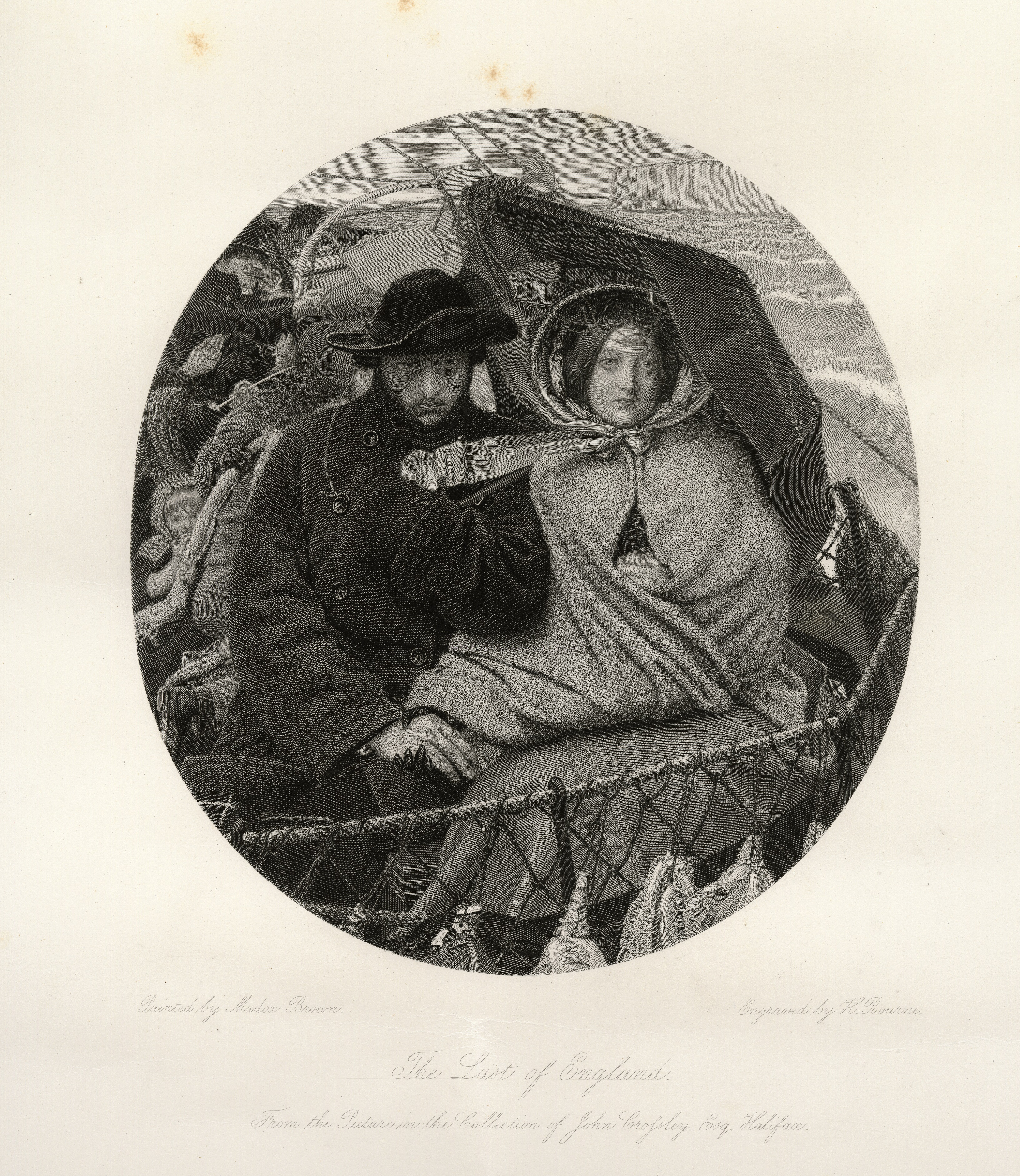“Marianne Knight | Godmersham Park”: Inscription as Community Interface in the Books of Jane Austen’s Niece
Keywords:
Marianne Knight, literature, women, gender, marginalia, annotation, unmarried womenAbstract
In the extant family library of the Knights, the descendants of Jane Austen’s brother Edward, 14 volumes bear the name Marianne Knight. This middle daughter, born at the beginning of the nineteenth century and living into its final decade, remained unmarried all her life. Her inscriptions in the Knight Collection provide keen insight into the ways in which unmarried Victorian women used their books as textual spaces in which to negotiate their precarious social position. Utilizing studies in annotation, affect theory and gift-giving, this article reads Marianne Knight’s inscriptions as interfaces between her personal claims of ownership over texts and their textual space, and two communities of readers through whose hands her books circulated: the line of male inheritors of her father’s property and therefore also Marianne’s books, and unmarried women within the family contemporaneous with Marianne who participated in networks of gift-giving. I argue that Marianne uses the spatial qualities of her inscriptions to assert her position in relation to these two communities by both pushing back against the patrilineal dictates of inheritance and recording acts of intimacy and affection between herself and other unmarried women. By figuring the act of inscription as a negotiation of textual and social space, I expand understandings of nineteenth-century women’s engagement with annotation.
References
Abercrombie, John. Abercrombie’s Practical Gardener, or Improved System of Modern Horticulture; Adapted to Either Small or Large Gardens: Designed to Assist Those Gentlemen Who Manage Their Own Gardens, and As a Manual for Professional Horticulturalists…Revised with Additions and the Latest Improvements by Mr James Mean. 3rd ed. London: T. Cadell, 1823.
Ahmed, Sara. “Happy Objects”. The Affect Theory Reader. Ed. Melissa Gregg and Gregory J. Seigworth. Durham: Duke U P, 2010. 29–51.
Austen, Jane. Persuasion. Ed. Janet Todd and Antje Blank. Cambridge: Cambridge U P, 2006. The Cambridge Edition of the Works of Jane Austen.
Austen-Leigh, William, Richard Arthur Austen-Leigh and Deirdre Le Faye. Jane Austen: A Family Record. Revised and enlarged ed. London: The British Library, 1989.
Austen-Leigh, William and Montagu Knight. Chawton Manor and its Owners: A Family History. London: Smith, Elder & Co., 1911.
Berlant, Lauren. “Intimacy: A Special Issue”. Intimacy. Ed. Lauren Berlant. Chicago; London: The U of Chicago P, 2000. 1–8.
Dow, Gillian. “Reading at Godmersham: Edward’s Library and Marianne’s Books”. Persuasions: The Jane Austen Journal 37 (2015): 152–162.
Edgeworth, Maria. Patronage. 2nd ed. 4 vols. London: Printed for J. Johnson and Co., St Paul’s Church-Yard, 1814.
---. Tales of Fashionable Life. 2nd ed. 6 vols. London: Printed for J. Johnson and Co., St Paul’s Church-Yard, 1809.
Griffin, Carrie, and Mary O’Connell. “Writing Textual Materiality: Charles Clark, His Books and His Bookplate Poem”. Readings on Audience and Textual Materiality. Ed. Graham Allen, Carrie Griffin, and Mary O’Connell. London: Pickering & Chatto, 2011. 75–88.
Hillan, Sophia. May, Lou & Cass: Jane Austen’s Nieces in Ireland. Belfast: Blackstaff Press Ltd, 2011.
Jackson, H. J. Marginalia: Readers Writing in Books. New Haven: Yale U P, 2001.
Kavanagh, Francesca. “Caroline and Marianne: Gift Inscriptions at Chawton House.” Jane Austen Society of Australia. JASA Chronicle. Ed. Ruth Williamson, Dec. 2018: 19-20.
[Knatchbull-Hugessen], Edward [Hugessen], Lord Bradbourne. Godmersham and Goodnestone. Letters of Jane Austen. By Jane Austen. Ed. Edward, Lord Bradbourne. London: Richard Bentley & Son, 1884. 1-23.
Knight, Edward jnr. Ownership Inscription. Scott, Ivanhoe: A Romance, all volumes.
Knight, Marianne. Gift Inscription from Louisa Bridges. 15 Sept. 1846. Scott, Marmion: A Tale of Flodden Field and The Lay of the Last Minstrel.
---. Gift Inscription from Louisa Knight. 1 Jan. 1845. Scott, The Lady of the Lake.
---. Insert in Catalogue. 14 Jan. 1853. Library Catalogue Godmersham Park 1818.
---. Ownership Inscription. Edgeworth, Patronage, all volumes and Tales of Fashionable Life, all volumes.
Knight, Montague George. Bookplate. Edgeworth, Patronage, all volumes and Tales of Fashionable Life, all volumes; and Scott, Marmion: A Tale of Flodden Field, The Lady of the Lake and The Lay of the Last Minstrel.
Klekar, Cynthia, and Linda Zionkowski. Introduction. The Culture of the Gift in Eighteenth-Century England. Ed. Cynthia Klekar and Linda Zionkowski. Basingstoke: Palgrave Macmillan, 2009. 1-12.
Library Catalogue Godmersham Park 1818. 1818. Godmersham Park, Kent.
Mauss, Marcel. The Gift: The Form and Reason for Exchange in Archaic Societies. Trans. W. D. Halls. London: Routledge, 1990.
Reading with Austen. Burney Centre, McGill University & Chawton House. https://www.readingwithausten.com/index.html. Accessed 12 March 2020.
Scott, Walter. Ivanhoe: A Romance. 3 vols. Edinburgh: Archibald Constable and Co.; London: Hurst, Robinson, and Co., 1820.
---. Marmion: A Tale of Flodden Field. Illustrated ed. London: Charles Tilt, Fleet Street, 1839.
---. The Lady of the Lake. Illustrated ed. London: Charles Tilt, Fleet Street, 1838.
---. The Lay of the Last Minstrel. Illustrated ed. London: Charles Tilt, Fleet Street, 1839.
Signature of Edward Knight. Edgeworth, Tales of Fashionable Life, volume five.
Vickery, Amanda. “No Happy Ending? At Home with Miss Bates in Georgian England”. Persuasions 37 (2015): 134–151.
---. The Gentleman’s Daughter: Women’s Lives in Georgian England. New Haven: Yale U P, 1998.


